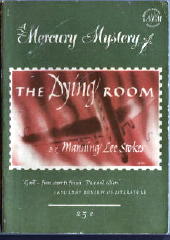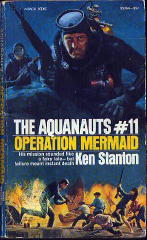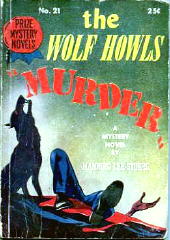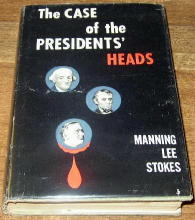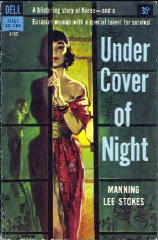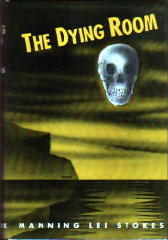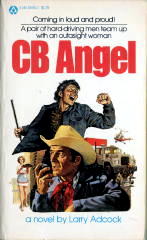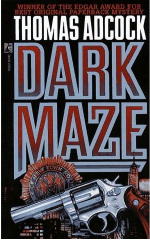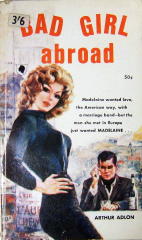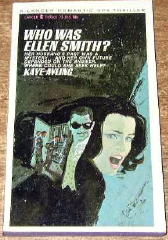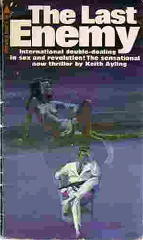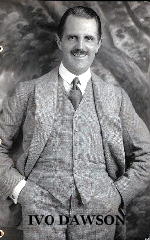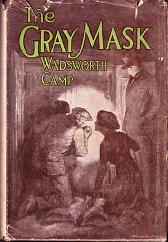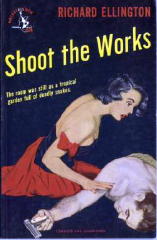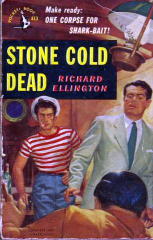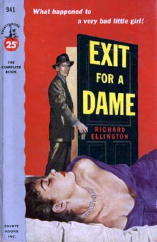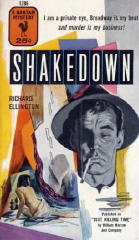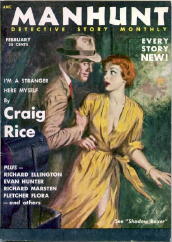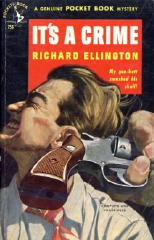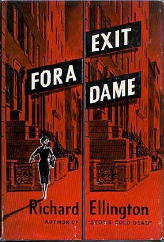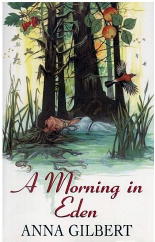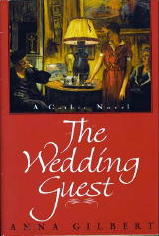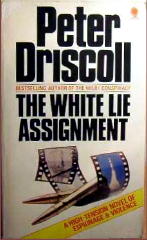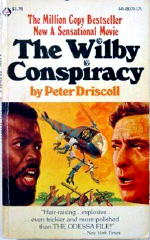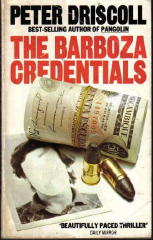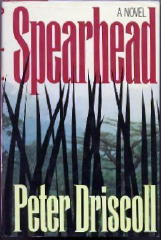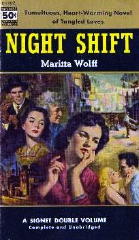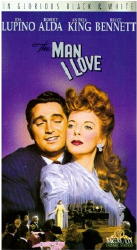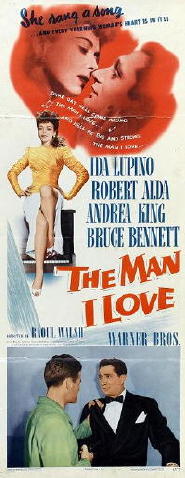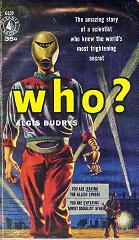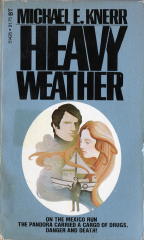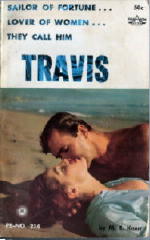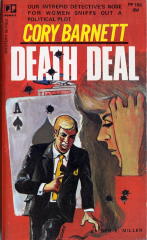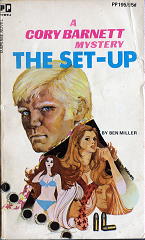Sat 12 Jul 2008
Review: DON VON ELSNER – Just Not Making Mayhem Like They Used To.
Posted by Steve under Bibliographies, Lists & Checklists , Characters , Crime Fiction IV , Reviews[5] Comments
DON VON ELSNER – Just Not Making Mayhem Like They Used To.
Signet S2040; paperback original, December 1961.
Have you ever read fifty pages into a book late into the evening, look up at the clock, see that it says that it’s one o’clock in the morning, and realize that the last 30 pages haven’t made much sense at all?
I hate to say it of any book, but that’s what happened to me with this one. It’s not that I was tired, which is what I assumed the next morning, and maybe that’s what you’re thinking too, but no, that wasn’t it. I tried again, on and off, the whole week that followed. I struggled, I skimmed, and I skipped, and if you want to forgo reading the rest of this review for any of the reasons listed, you’d be right. I wouldn’t blame you in the least.
This is the second recorded adventure of Colonel David Danning, lawyer, bridge player, and judo expert, among other accomplishments. If nothing else, the titles of his cases are designed to catch your attention. Expanded from the author’s entry in the Revised Crime Fiction IV, by Allen J. Hubin:
Those Who Prey Together Slay Together. Signet D1943, June 1961.
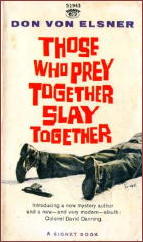
Just Not Making Mayhem Like They Used To. Signet S2020, Dec 1961.
Don’t Just Stand There, Do Someone. Signet S2134, 1962
You Can’t Do Business with Murder. Signet S2214, Dec 1962
Who Says a Corpse Has to Be Dull. Signet G2407, 1963
Pour a Swindle Through a Loophole. Belmont 92-604, Sept 1964
Countdown for a Spy. Signet D2829, Jan 1966.
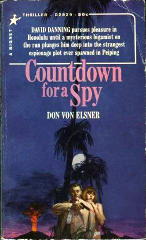
A Bullet for Your Dreams. Lancer 73-709, 1968.
Yes, I agree; the originality does tend to tail off toward the end. For the record, Von Elsner’s other mysteries feature Jake Winkman, a professional bridge player who helps out the CIA from time to time:
How to Succeed at Murder Without Really Trying. Signet 1963. Reprinted as: The Jake of Diamonds. Award, 1967 (not a misprint)
The Ace of Spies. Award 1966
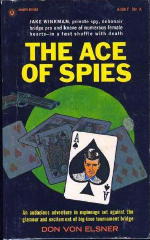
The Jack of Hearts. Award 1968
According to Contemporary Authors, Don Von Elser (1909-1997) was a Life Master of the American Contract Bridge League, which explains why his heroes happen to be expert players too.
Danning is hired by an underwriters association in Mayhem to find out why so many small businessmen have been committing suicide recently at such an unnatural rate. Danning immediately suspects a gang of blackmailers at work, and he accepts the job. Five months later, he’s still working, with no results to speak of. On page 22: “A vague pattern began to take shape in Danning’s mind.”
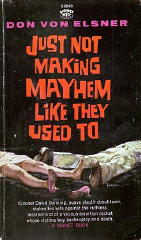
But then, at long last, the logjam breaks. Danning comes across the story of Homer Pettingill, the man whose misadventures were related to the reader in Chapters One and Two, and hold on to reins, honey, we’re off to the races, and the book doesn’t stop until page 142 and the case is closed.
Assisting Danning are his adoring secretary Nell Sheridan, who has to prod him into taking cases to boost his disposition; Dr. Greta Nevin of UCLA, who possesses the longest and loveliest legs of any psychology professor in the world; his son Bob, whom he calls Duke, and vice versa, and who looks exactly like him; and a whole agency of private detectives at his continuous beck and call.
As I type this, it’s beginning to dawn on me that I may have simply been in the wrong mood to read this book, but here’s what is it that goes wrong, as far as I’ve been able to decide, humorous approach prevailing or not.
Danning’s case is built upon nothing but coincidence and guesswork. Two guys in a hotel chosen at random might be the pair of con men that they’re looking for – of all the gin joints in all the towns in all the world – and yes, they are the ones they’re looking for, a silly escapade with the married folks in the room next door notwithstanding.
I’ve have thought they’d have investigated the mechanics of the crime and the actual way it was pulled off, but no, no questions are asked along those lines, save very obliquely. But after all of the fancy scheming to get the goods on the bad guys – I skimmed a lot here – it turns out in the recap and the explanations at the end, it all depends on guess what? The mechanics of the crime and the actual way it was pulled off.
Which you’ve got to read to believe. I don’t, not even for a minute. There’s a good chance that you’ll disagree with me on any or all of this, but I have a hunch that you won’t.
